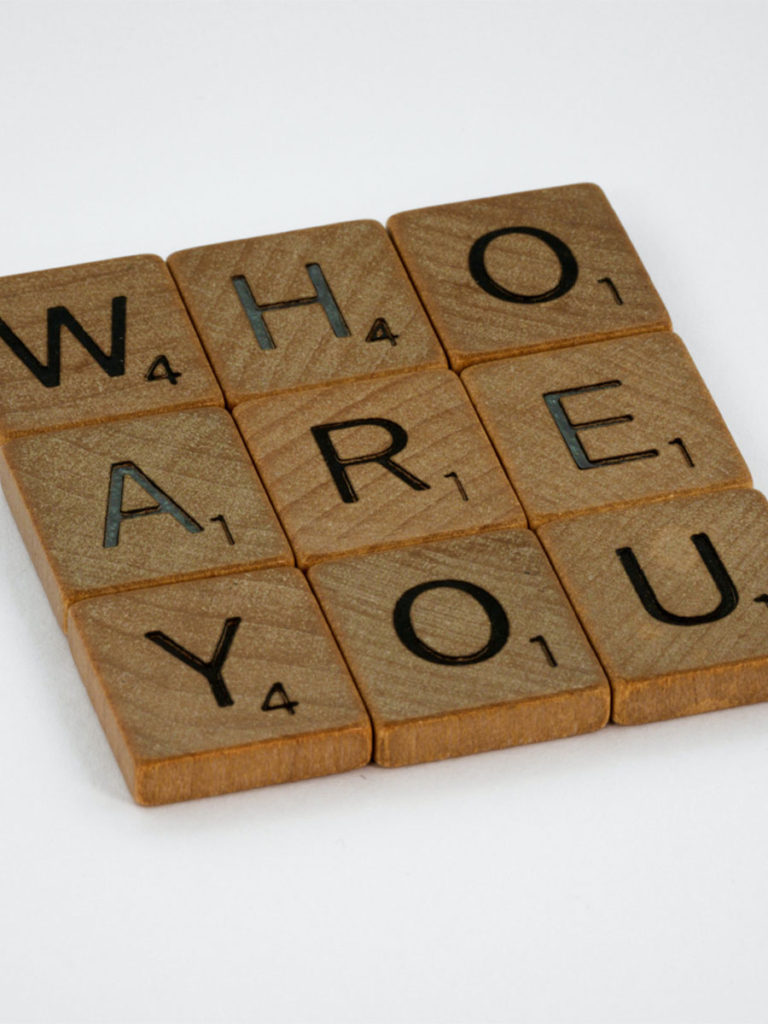“Identity is the incredible invisible force that controls your whole life. It’s invisible, like gravity is invisible, but it controls your whole life.” – Tony Robbins
The Formation of Identity
“We are not our thoughts or our feelings.”
I had heard this statement declared, but the meaning eluded me for so long. I did not begin to understand its implications until recently, and it has changed how I approach my life.
“Psyche,” “Ego,” and “Self”
Jung, the renowned founder of analytical psychology, believed that the psyche consisted of both a person’s subconscious and conscious awarenesses, the ego consisted only of a person’s conscious awareness, and the self was the source of identity that the ego drew from, but could never be fully understood.
Ego, he believed, was subordinate to, or beneath, the Self. It was conceived as a by-product of perception. In essence, the Ego interprets the Self through what it comprehends is the Self in the real world. It takes what is sees and draws conclusions. That being said, Ego can be faulty.
Confirmation Bias
In order for anything to be believed, it must have been accepted as true at some point.
Beliefs are reinforced daily through a process called “confirmation bias.” Confirmation Bias means that we seek out evidence in the world that aligns with our current beliefs as a way of reinforcing our beliefs.
If I believe the world is dreadful, I will go through experiences of confirmation bias. I will experience the world in a way that reflects that “truth.” I will watch the news and say, “See I told you.” I will hear good news and forecast a tragedy. It’s not only the interpretation of happenings that are shifted by belief, disposition is also influenced.
If contrarily, I believed the world was good, I would experience it as such. I would watch the news, and rather than accept tragedy as unequivocal, I would seek out the good things that inevitably sprouted from each tragedy. Instead of anticipating catastrophe, I would delight in the gratitude of a great moment.
Belief is all about perception…
Change your perception, change your beliefs.
Change your beliefs, change your action.
Change your actions, change your outcome.
Brief Audit
We act in-line with our beliefs. Whatever we believe, on the deepest level, is what presents itself through our actions and outcomes.
I believe the best way to recognize a faulty belief is to audit one’s actions and outcomes. A simple audit of could be as uncomplicated as asking yourself a few questions.
Here are some examples of good, thought-provoking, questions:
- Do any of your actions bring you dissatisfaction?
- Do your actions align with your goals?
- Do you feel a lack of control over any of your choices?
The goal of an audit is observation. During an audit, you’re not attempting to fix anything, you’re just trying to understand. This audit is meant to be a disconnected examination. To get everything out of it, don’t make it emotional. Just observe and recognize. This audit will serve as the basis for future action, but be patient.
